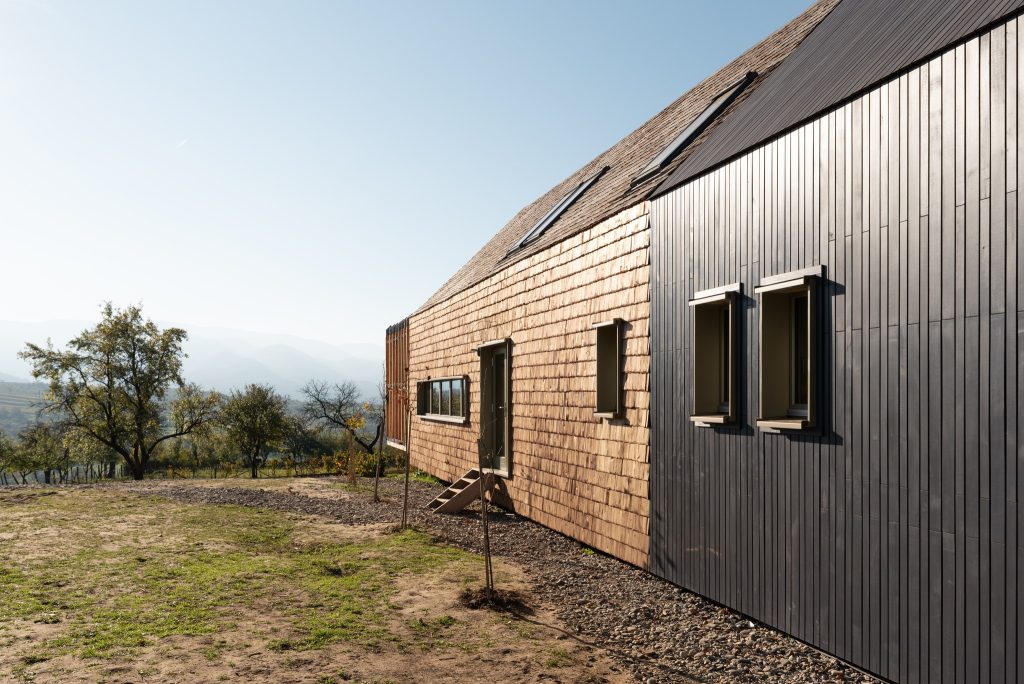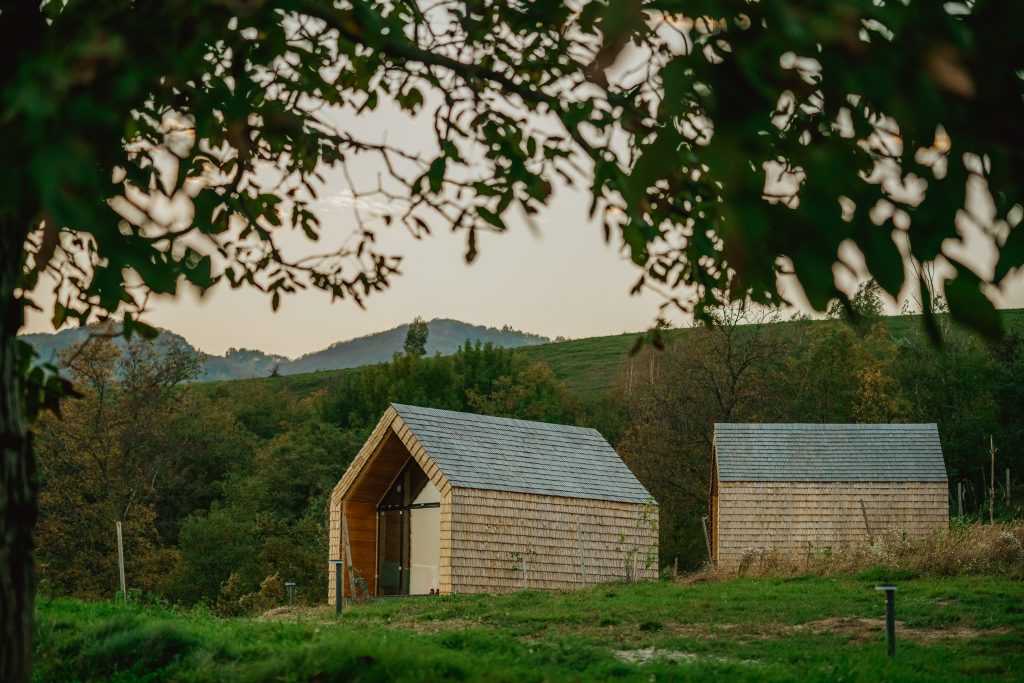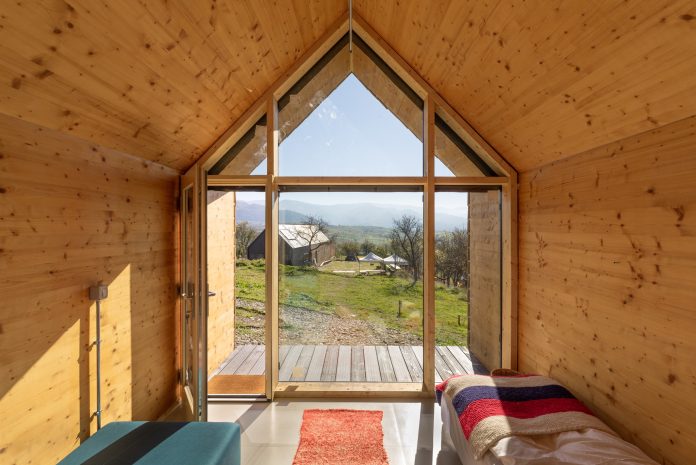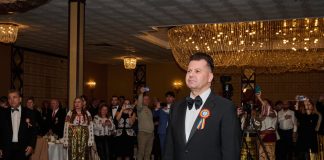WWF Romania opened in the Armenis area of the south-western Caras-Severin County the WeWilder Campus, the first rural hub built entirely of wood with the help of state-of-the-art technologies, the organization announced on Friday in a release, according to Agerpres.
The campus is located in Romania’s most forested county – Caras-Severin, the place where the first bison were released eight years ago under a partnership program among WWF, Rewilding Europe and the Armenis Mayor’s Office.
„Sitting in an orchard of 1.5 hectares, the campus will be the starting point for nature exploration experiences and will host meetings for teams in search of ideas for the future, in close collaboration with the local community. The campus consists of a main building named The Fairy, and three tiny-house cabins,” the release states.

The main building is designed like a barnhouse with a large glass wall overlooking the Armenis hills; it is covered with 17,600 hand-made shingles produced by traditional craftsmen, the Popa family from Albac, and 140 square meters of heat-treated and oiled ribbed beech panels, a material rarely used in exterior finishes, but representative for Caras, „the beech land”, made by wooden house design company Tecade.
„Inside the main building there is a multifunctional hall intended for meetings, team work and serving meals. In the attic there is a library, a place to relax, with books on ecology, food and sustainable construction curated by the greenest publishing house in Romania, Seneca. The ensemble has a community kitchen where food is cooked with local ecological ingredients. WeWilder will operate as an eco-tourism agency for immersive experiences in nature and will host transformational programs for organizations and teams on the campus, an opportunity to connect as many as possible of the locals’ hospitality services. The campus can be booked for co-working or gastronomic events and individual vacations,” notes the environmental organization.
Each hut is oriented towards another cardinal point, so as to enjoy different light and landscape experiences: the Tarcu Mountains, the small-scale agricultural landscape of Armenis, or the hills covered with meadows and orchards.

„The huts have a glass curtain wall and inside, the ‘transformer’ sofas allow one to configure a double or matrimonial room, depending on the guests. The sanitary installations are designed for optimal water consumption, and the thermal insulation allows a minimal heat consumption in winter or cooling in summer. They are covered with shingles, in keeping with traditional culture and also in order to blend into the landscape, consistent with the idea of ‘invisible architecture’ to which the campus subscribes. The design is the result of a co-creation process that brought together architects Matius Ichim, Krisztina Bokos, Miodrag Stoianov, urban planner specializing in wooden constructions, Ioan Moldovan, Oana Mondoc and Alina Floroi from the WWF team who passionately coordinated this project, dozens of locals and experts from companies that want to foster sustainable architecture in Romania. Atelier Vast and coordinator Vlad Rebenciuc made the wooden furniture and did most of the finishing operations, the most challenging stage for design & build projects,” WWF Romania states.
In a soft opening, the campus already hosted in September the meeting of innovation leaders from ten global NGOs.
The WeWilder campus was built in-house by WWF Romania and was started thanks to a $200,000 funding and the support of the Flex Foundation.
WWF Romania’s priority conservation areas are: Maramures, Transylvania, the southwest of the Carpathians, the Western Mountains, the Danube Meadow and Delta.
Agerpres




